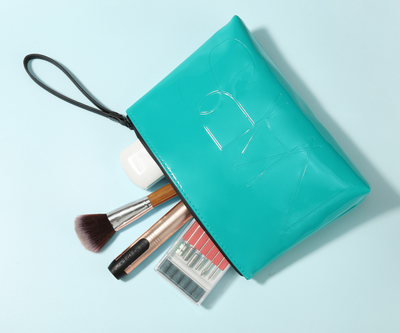Unlock the Secrets to Flawless Acrylic Nails with an Electric File!
Acrylic nails have become a popular choice for many nail enthusiasts and professionals due to their durability and versatility. Achieving a flawless finish with acrylic nails requires the right tools, and that’s where an electric file comes into play. Unlike traditional filing methods, electric files can save time and provide a smoother, more precise finish. They allow for faster filing, shaping, and buffing, ensuring that your acrylics look salon-fresh for longer. In this article, we’ll explore how to effectively use an electric file to perfect your acrylic nails, making the process easier and more enjoyable.

Understanding Electric Files for Acrylic Nails
An electric file, often referred to as an e-file, is a handheld tool that uses a rotating bit to file and shape nails. These devices come in various types, with some designed specifically for professional use and others suitable for home applications. The features of electric files can vary, but most will offer adjustable speed settings, different drill bits for various tasks, and ergonomic designs for better handling. For acrylic nails, look for an electric file that includes fine and coarse bits to achieve the desired finish. The right electric file can make all the difference in achieving a salon-like result at home.
Preparation for Using an Electric File
Before diving into the filing process, preparation is key to success. Start by ensuring your nails are clean and dry. Remove any previous polish and debris, and push back your cuticles to create a clean workspace. Safety is paramount; always wear a dust mask to avoid inhaling acrylic particles and goggles to protect your eyes. Set up your workspace in a well-lit area, preferably with a comfortable chair and a sturdy table. Having everything organized will help you focus on the task at hand, making the entire process smoother and more efficient.
Step-by-Step Guide to Using an Electric File
Using an electric file effectively involves a few steps that can significantly improve your results. Begin by selecting the appropriate drill bit; a medium coarse bit is usually best for initial shaping. Set your electric file to a low speed to start, as this gives you better control. Hold the file at a 45-degree angle against the acrylic nail and move it gently along the nail surface. Avoid pressing too hard; let the tool do the work. Gradually increase the speed as you become more comfortable, but be cautious not to overheat the nail. After shaping, switch to a finer bit to smooth out any rough edges. Remember to take breaks to assess your progress and avoid fatigue. If you’re unsure about your technique, consider practicing on a nail practice hand or with a friend before working on your own nails.
Common Mistakes to Avoid
Many beginners make common mistakes when first using an electric file. One of the biggest errors is applying too much pressure, which can lead to damaged nails or even burns. Another frequent mistake is using the wrong speed setting; starting too high can be overwhelming and cause mistakes. Additionally, not keeping the file moving can create uneven shapes. To avoid these pitfalls, practice on a practice nail or use less pressure than you think is necessary. Watching tutorials can also provide insight into proper techniques and help you build confidence.
Aftercare for Acrylic Nails
After filing, it’s crucial to care for your acrylic nails to maintain their health and appearance. Start by cleaning off any dust created by the filing process. Apply a nourishing cuticle oil to hydrate your cuticles and promote healthy nail growth. It's also advisable to moisturize your hands regularly to prevent dryness. Consider using a protective top coat to seal your nails and add a glossy finish. Additionally, avoid exposing your nails to harsh chemicals immediately after filing, as this can weaken the acrylic and lead to chips or breaks.
Mastering Your Nail Care Routine
In conclusion, mastering the use of an electric file can unlock the potential for flawless acrylic nails. By understanding the tool, preparing adequately, and following a step-by-step guide, you can achieve salon-quality results at home. Remember to practice regularly, learn from any mistakes, and enjoy the creative process. With time and experience, you’ll find that using an electric file can be a fun and rewarding part of your nail care routine.








